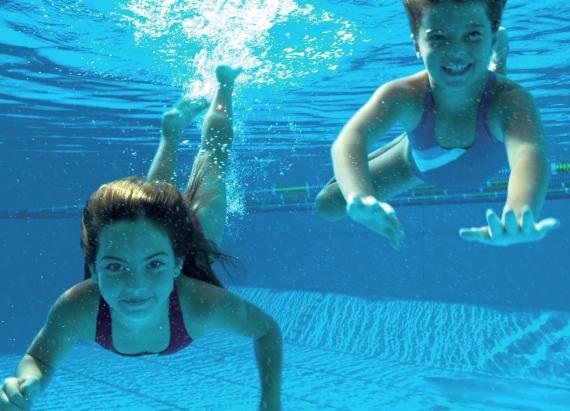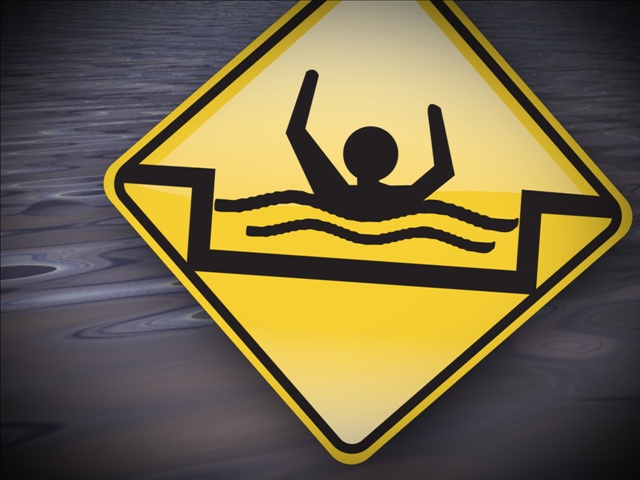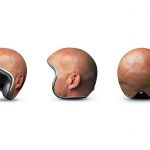Extremely Dangerous! May Cause Drowning

Approximately 10 people die EVERY single day of unintentional drowning. Learning CPR and how to use an AED will greatly increase survival.
Drowning is much more prevalent than you might expect. The image that you have in your mind surrounding drowning might not be the reality of the situation. In most cases, victims of drowning are not trashing around wildly in the water. Many victims of drowning are either noticed submerged underwater or are floating still on top of the water. You probably assume that drowning victims will alert those around, but they are often unable to call out. Simply trying to breathe under the water makes it difficult for drowning victims to have the energy to cry for help. When drowning, keeping your head above water is close to impossible.
This means that you need to be aware of the real drowning signs.
Lethargic and Unresponsive
What you need to be on the lookout for are people in the water that are lethargic or unresponsive. Signs of distress like flailing and thrashing are not common in most drowning incidents. Look for those people submerged under water or those laying on top that are not moving.
Bobbing of Head
One common sign of drowning victims that you can be on the lookout for is bobbing of the head. You will be able to see the drowning victims tend to move their head back to the waterline. A wide open mouth is also another telltale sign. The drowning victim is trying to breathe, but is having difficulty staying above water.
Wide Open Eyes
Not only is the mouth wide open, but the eyes are often wide open as well. They might not be yelling out for help, but they are definitely showing panic in their eyes. It is also common for the swimming strokes of the drowning victim to be impaired and look like they are lacking strength.
Why Are These Signs Important?
It is important that you are aware of the real signs of drowning so that you can spot victims in a timely manner. The quicker you are able to respond will improve the chances that the victim will survive. The first thing that a lifeguard should do involves assessing if the victim is conscious or not. Victims that are not breathing and do not have a pulse require CPR right away. This is the only chance the drowning victim has of surviving. If you are aware of the real signs to be on the lookout for, you should be able to respond quickly.



